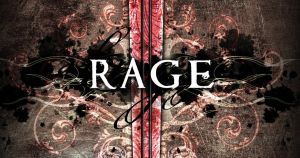
Redefining Heroism
Science fiction and fantasy tell us that anything can happen, and yet disabled people are often told that their narratives don’t fit into the genres.

Science fiction and fantasy tell us that anything can happen, and yet disabled people are often told that their narratives don’t fit into the genres.

Severe, chronic vertigo associated with migraines like mine is a “silent” disability, one people can’t see. Many people are compassionate. But others lack sensitivity, assume you’re faking it or just have a headache and will get over it.

Ever seen the Allstate commercial? “I’m a random windstorm. Shaky, shaky.” Well, sometimes that’s how life feels when you’re a kid with disabilities. Because I’m both very random and my life can be, well, pretty shaky.

I used to think there would be a magical cure for my blindness. I don’t remember this, but my mother assures me it’s true.

We take a close look at the state of recognizable representation of visibly disabled characters on book covers.

Blind characters seem to always go too far in either one direction or the other—either completely ruled by their disability, or completely unfazed. The truth is, I hate both, because neither is honest.

A snarky New York Times column referred to CFS as “yuppie flu,” and oh, it was hilarious. Those silly rich people imagining themselves sick!

I highly recommend Rage for anyone with depression, who wants to learn about depression, or anyone who just enjoys a good story. It’s moving, it’s clever, and despite its fantasy elements it’s incredibly realistic.

I could criticize the focus on “fixing” and of the correlation between unwantedness and disability, but the book is focused on unwantedness in a broader fashion; Ava is as challenged by her circumstances as she is by her clubfoot.

Overall, I found the portrayal of pediatric cancer iffy—better than some, worse than others. Rather than unthinking stereotypes, though, these shortcomings felt like a result of a lack of personal experience or oversights in research.